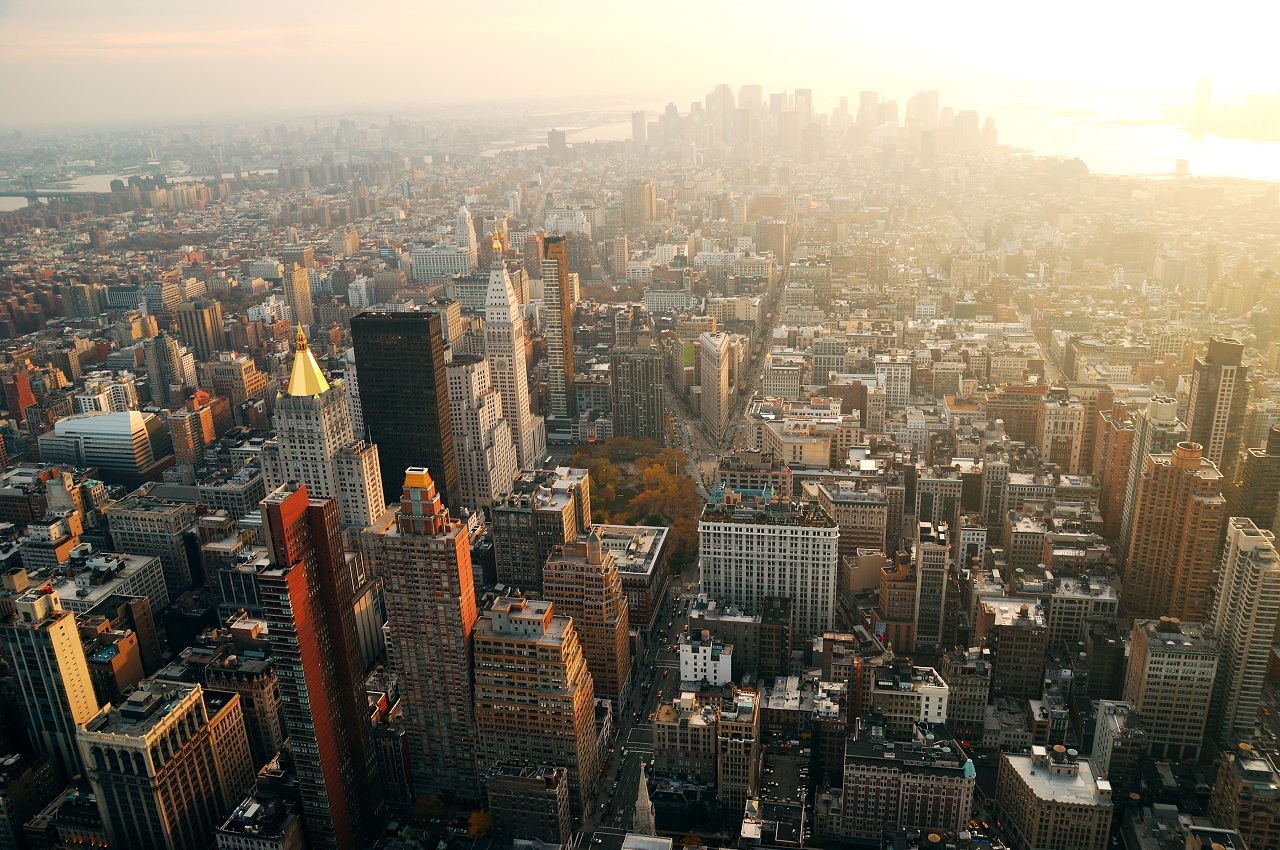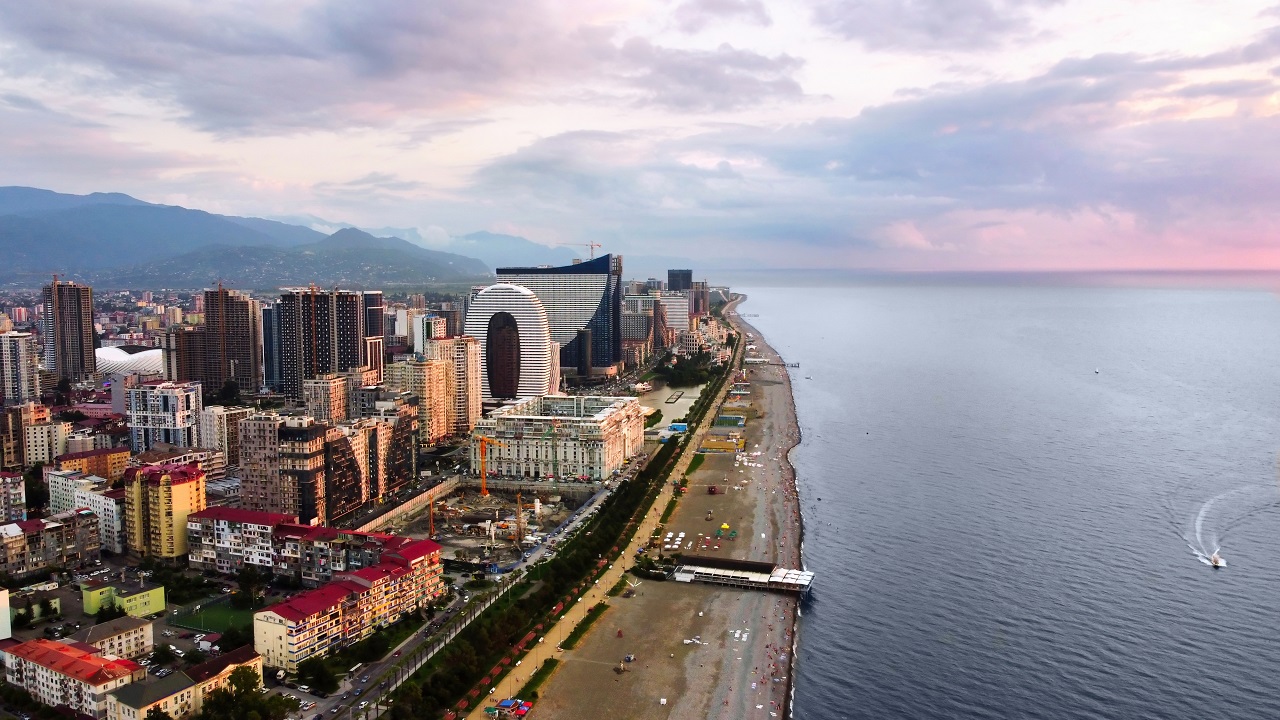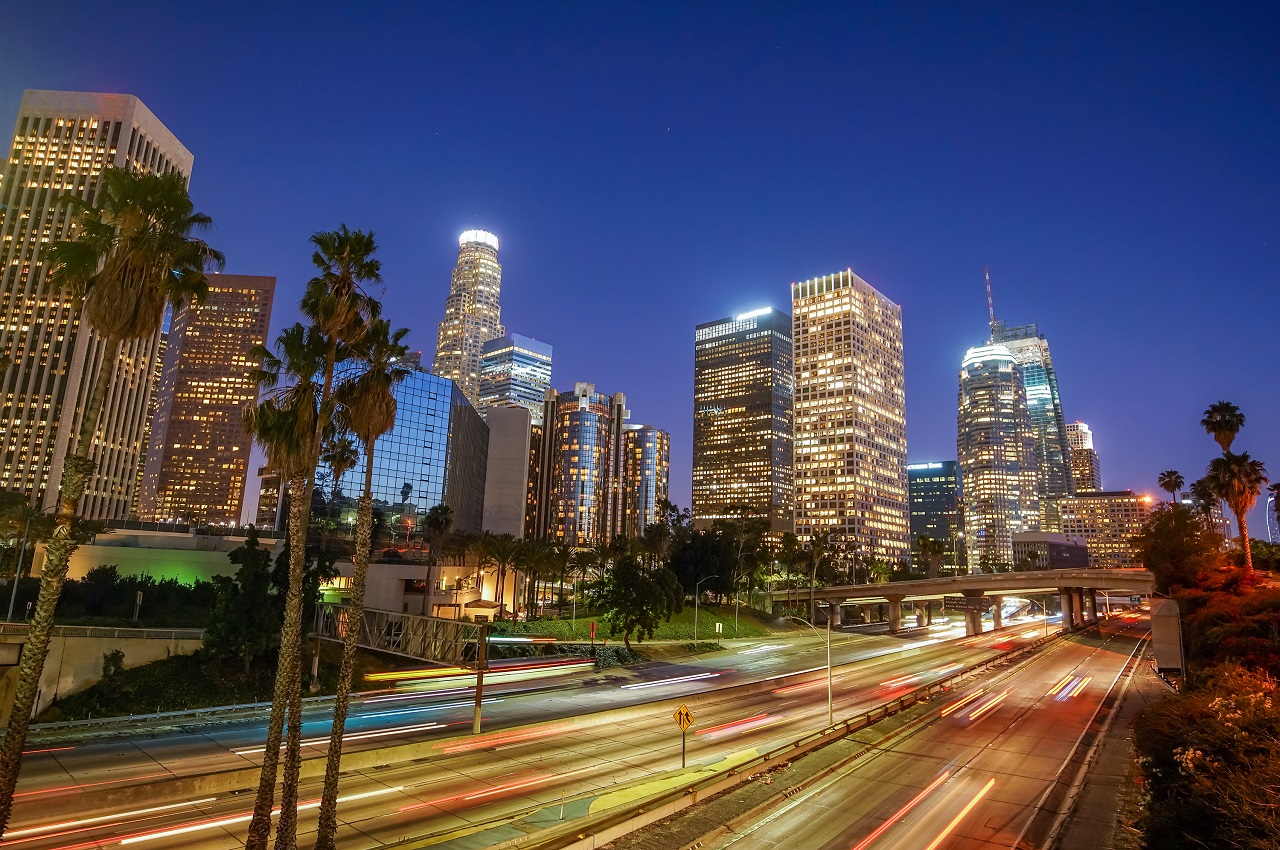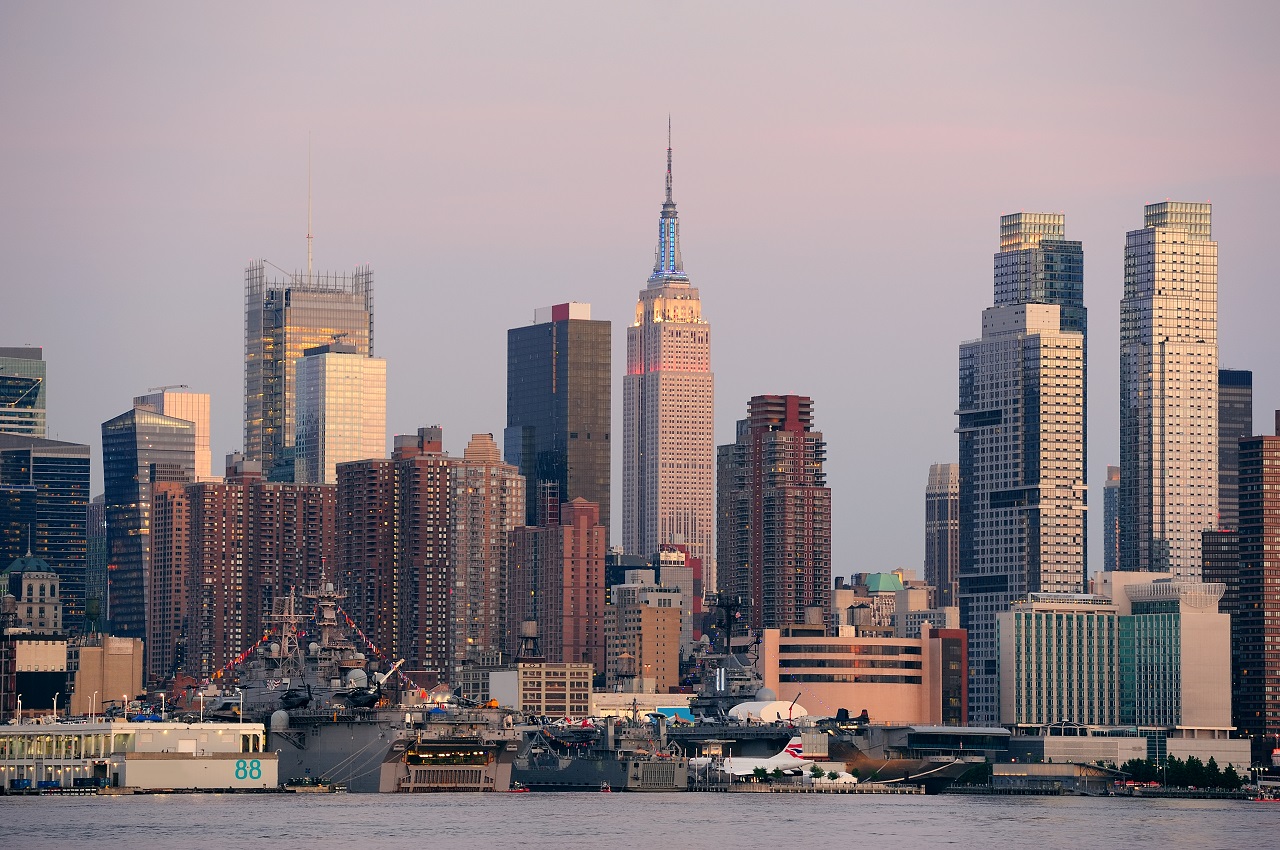The outside world often considers America a superpower – the global leader in politics, manufacturing, international affairs, and development. And although America indeed has a major say in the world order, things aren’t right with its cities.
Over-dependence on automobiles and lack of open areas mean Americans live in unhygienic, compact, low-quality homes. My guide looks at the burning issues troubling US cities and provides insight into probable solutions.
What’s The Problem With American Cities?

Most urban citizens agree that poor planning is the main issue with American cities. During my research, I found people complaining that walking to and from the nearest supermarket would involve covering 8 miles due to unplanned construction.
Not only is it challenging to stroll around the neighborhood, but people are also increasingly at risk of being run over by speeding cars due to wide roads. This means crossing the streets is a hazard and merits the construction of bike lanes, safer intersections, and mass transit in urban areas.
The reason Americans prefer cars in urban centers is due to the lack of other modes of transport, which makes European cities much better alternatives. Not to mention the lower crime rate, affordable housing, and better quality of life in such cities.
How Have European Cities Handled Population Growth?
Inclusive and sustainable living is the motto of urban neighborhoods across the Atlantic, be it Copenhagen’s bike lanes, Oslo’s downtown, or pedestrian and bike-friendly urban spaces in the Netherlands. In other cities, Madrid has already banned cars in the city center, while Milan hopes to become the most bike-friendly city in Europe by building 750 km of protected bike lanes.
The situation is different in America, where suburban locations enjoy greater demand for housing while people aspiring to live in an urban space are declining. As a result, there are cities struggling to provide suitable housing, increasing the homeless population and traffic congestion.
But the main obstacle to proper urban planning is fear of corrective action, as urban America believes things will worsen.
How Severe Is The Urban Crisis?
Most people living urban life usually refer to American cities as “different” to account for the lack of planning. But the reality is that unaltered suburban growth will severely affect people’s quality of life, resulting in permanent damage.
I found that an individual living in a modern western US city, like LA or Phoenix, will generate 6 times more carbon emission per capita compared to a person in Europe. And I’m not even comparing the US with Tokyo, Singapore, and Hong Kong – places with an even lower carbon footprint.
Among metropolitan areas, California has already highlighted transportation as the primary contributor to carbon emissions. This is important because as population increases and transportation demands soar, the US could become less habitable with the number of livable cities going down.
How Is Urban Development Different In America?
Over the past decade, urban downtowns have been optimized to suit the automobile movement that has wrecked centuries of development preceding it. When there weren’t so many cars on the roads, big cities and their surrounding suburbs had walkable streets, while the inner city had courtyards, parks, and plazas.
It’s important to note that cities around the world were inherently different since there was the question of adapting to the local climate and creating unique designs with only local materials. But the basic principle on which US cities, Barcelona, or London, were built were the same.
This difference in carbon footprint currently is due to how local governments and many cities in the USA operate. Urban leaders focused on the most readily available transportation to plan their neighborhood, layout, and building typologies.
The most common options available to the middle class are walking/public transportation/biking/ or driving their cars. Unfortunately, in the USA, these 2 options don’t go hand-in-hand.
How Things Changed After World War II
After the Second World War, civil society underwent a drastic change, and the existing plans in traditional cities went for a toss. The labor force disapproved of planning in urban and rural areas, equating it with oppression and misery.
In their place, designers strove to create easier movement between housing units and urban centers. This, in turn, meant easier movement for automobiles while freestanding buildings and towers came into existence.
As vehicular movement achieved greater predominance in America over pedestrian convenience, cities like San Francisco embraced the “urban renewal” concept due to large open spaces. But Europe lacked such vast public spaces, so it didn’t evolve as rapidly or aimlessly.
Further Development Or Misery?
While America and Europe steamrolled toward growing economic opportunities in the twenty-first century, their different approaches shaped the future. The new models that sprang up after the World Wars quickly lost their popularity in Europe as people preferred the open countryside.
Moreover, new towers and cars in many cities increased traffic congestion, so older cities in the urban cores continued to operate as before. Only now, they focused used technology and modern design to retain the basic nature of the cities while keeping up with the times.
But America promised its citizens freestanding houses, cars, and jaw-dropping skylines, which has ultimately fostered climate change and made compact living unbearable. What Americans realize now is that Europe still drives cultural innovation and technological advancements by staying true to its roots.
What Are The Main Problems In Many Neighborhoods?
Compared to their European counterparts, Southwest US cities attract one or more of the following problems –
- Congestion
- Displacement
- Homelessness
- Higher carbon footprint
- Costlier rents
- Shortage of suitable housing
- Higher construction costs
But despite these issues, every city continues to operate as usual for fear of worsening things. However, I believe there is a simple solution that most elected officials choose to ignore – building new neighborhoods.
It’s possible to build new or smaller cities with affordable accommodation in which people will enjoy living.

A Concrete Jungle – The Tale Of Most American Cities
At present, almost every American city is a concrete jungle with little to no greenery and toxic pollution. I have seen that urban and suburban American architects prefer giant slabs of concrete or asphalt for developing huge parking areas.
The problem with such large parking spaces is that they are unsustainable, adding to the ugliness of the city and taking up extra space. These wasted areas could have been used to build a city observatory, develop public amenities, beautify the area, and create multiple homes.
And as the various communities aren’t connected, traveling long distances in vehicles is the only available mode of transport. Plus, many cities are segregated and decaying, despite government subsidies, since most people cannot walk for basic needs.
Cities that encourage walking have found –
- Interactive communities
- Improved physical health in people
- More opportunities for low-income communities
- Cleaner air due to more parks and forested areas
- Secure family businesses with local support
- Independent children
- Secure sidewalks and bike paths
- Improved education systems
- Better entertainment and relaxation areas
Why Are Pedestrian Cities Preferred?
The main reason residents demand pedestrian streets is that such spaces help control overcrowding because there’s a healthy balance between open spaces and populated areas. This obsession with cars has immensely impacted public transport in America, which must be revived.
But across the Atlantic, people have the luxury of riding trams, trains, and streetcars that helps bring the community together and ensures a level playing field for everyone. Both the rich and economically-struggling communities are seen walking to the store, resulting in greater vibrancy and less congestion.
Recognizing The Problems And Finding A Solution
It’s about time that places like Southern California realize how the urban and private sector impact climate change. Controlling vehicular movement isn’t just essential to keep the streets safe, but it will increase green space to reverse the environmental damage.
Industries will try to convince young people that climate change is being exaggerated and that electric vehicles will improve everything. Sadly, there’s no evidence to back up such tall claims.
The goal is to transform cities dependent on cars into walkable suburbs where local people won’t have to travel several miles to visit the nearest departmental store. But how can a thriving, bustling suburb be transformed into a walkable area? More of that in the next section.
How To Transform Cities Into Walkable Areas?
Here are some ways I believe American cities can move away from cars and help people use public services.
1. Offering Suitable Alternatives
It’s important to offer suitable transportation alternatives so that people can select their preferred mode of transport. But shifting from the car culture, especially in cities like New York, to public transit helps create vibrant city centers and neighbor-friendly streets.
For example, Copenhagen has created pedestrian streets in the city center without affecting office workers or public schools. This has made the place full of life, even in winter. However, that doesn’t mean it has eliminated cars but instead reduced dependence on vehicular transport for alternate mobility choices.
2. What About The Difference In Cultures?
Many residents in America believe that walking and cycling are easier in Europe because their culture is different from the USA. But the reality is that even the Netherlands depended on vehicles in the 1970s before cars were restricted and slowly phased out from many areas. Moreover, the city streets were redesigned, more urban spaces were freed up, and planning codes changed.
3. Type Of Buildings
To be fair, some US cities are trying to re-plan their streets based on the European model but are facing significant roadblocks due to the prevalent architecture. American and European cities have different buildings, which means the construction of the buildings must be reimagined along with the street space.
For this, employing qualified architects and establishing clear communication between private entities, governments, and the chosen design professional is critical.
4. Design Thinking
To achieve the desired architectural innovations, cities must use design thinking to reimagine the existing design. This is because the old method to optimize the existing architecture hasn’t worked, but design thinking offers a practical, cognitive, and strategic approach through ideating, exploring, creating prototypes, and verifying the outcome.
It is enforced through rapid urban prototyping techniques, with one of the most successful methods being international building exhibitions that took place even a century ago. Showcasing ideas on a global scale welcomes different points of view so that architects can innovate better.
5. Government Intervention
I have already highlighted how American cities differ from US cities in several aspects, including –
- Financial markets
- School districts
- Ownership models
- Mobility options
- Construction technologies
- Building types
One way to tackle such issues is through government intervention, whereby state governments must create liability protection frameworks and urban intervention labs. Moreover, communities should be incentivized to accept such innovation zones and support the beautification of society.

The Greatest Risks Facing American Cities
In this section, I have highlighted some of the other problems in American cities that are hampering the progress of the country.
1. Families Are Disappearing
Cities are losing the stability offered by families because as more younger Americans become educated, they crave the excitement of urban life. As a result, they are leaving their traditional homes and settling in the big cities, widening the gap between low and high-income individuals.
To promote family culture, it’s crucial to develop better public schools with modern facilities and affordable housing for large families. This might help various economic communities achieve parity.
2. Modern Architecture
Cities should move away from mindlessly constructing large buildings and focus on sustainable construction. Large buildings are harmful to the environment, releasing toxic gases into the atmosphere, and these structures must be converted into new buildings with biospheric capabilities.
I have already seen buildings use a special paint that has a unique greenhouse gas-neutralizing bacteria, while other bacteria can produce biodegradable plastic when added to organic runoff from bathrooms. Using such eco-friendly techniques inside and outside corporate or residential buildings is essential for more job creation and environmental protection.
3. Pension
Billions of dollars in unfunded pension liabilities are a major driver of decaying infrastructure, gang wars, higher crime rates, uncontrolled transportation investments, addiction, and mental health issues in the USA. These liabilities remain off-the-book and continue draining the city’s budget, with most state and federal governments failing to take suitable action.
Allowing unfunded pension plans to grow will push states toward bankruptcy and higher tax rates.
4. Difference In Income
The income disparity must be addressed to prevent a large section of the population from feeling that their interests aren’t important to the country. A global movement of people across cities coupled with urbanization can result in social, economic, and racial divides.
Now, the status quo may argue that with progress comes inequality, and it’s not their fault other residents aren’t earning as much. But the problem isn’t the high or low income; it’s the lack of effort to reduce the pay gap.
For example, Australia is one of the most developed countries in the world, but its income inequality is less than in places like the USA, Israel, and Great Britain.
5. Companies Are Leaving Big Cities
Some of the biggest companies in the world, like Hewlett Packard Enterprise, Boeing Co., Oracle Corp., and Citadel, are shifting base to Florida, Virginia, and Texas. These are more livable cities compared to the high cost of functioning in urban townships.
Just like the people, such companies realized it wasn’t worth paying taxes in these areas because of the negligence of elected officials in controlling crimes or the cost of living. Moreover, the people in power downplayed the prevalent problems, even defunding or restraining the police from taking action.
6. Schools
A major problem for US cities is that conservative education reforms have done little to renew interest in the education system. In their place, progressive school districts have done more for the well-being of students, although de-enrollment in public schools remained high.
It’s important to note that reformers might have to take some unpopular decisions and reform the school system to deliver results in the long run.
7. Lack Of Autonomy
Each city is different, even though they may have similar problems, so it’s impossible to have one uniform solution for all states. Rather they should have the autonomy to tackle issues like post-employment benefit shortfalls, unemployment, income inequality, and crime.
But state legislatures take such decisions themselves, leading to a lack of suitable action when managing gun violence and gender inequality. They even refuse to help local governments, finding excuses rather than solutions.

Conclusion
So, is there light at the end of the tunnel? I believe that although the tunnel is long and the journey arduous, coordinated efforts among locals and elected representatives can revive American cities.
It’s important to educate people about the new policies before implementing them, but it’s also essential to make some tough decisions. State and federal governments won’t have public support all the time, but when the results appear in a few years, people will embrace the policies.
So, it’s time American cities rethink their existing architecture, ensuring every new house or condominium focuses on sustainable development practices. This will help change the street layout and improve people’s quality of life.


